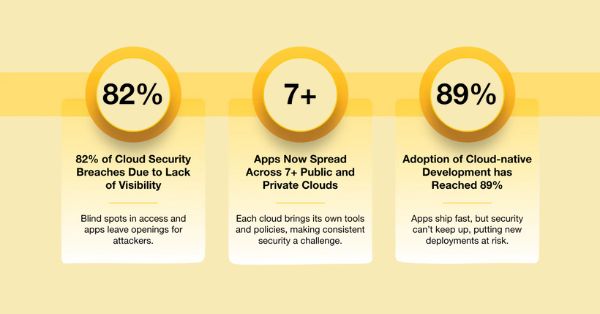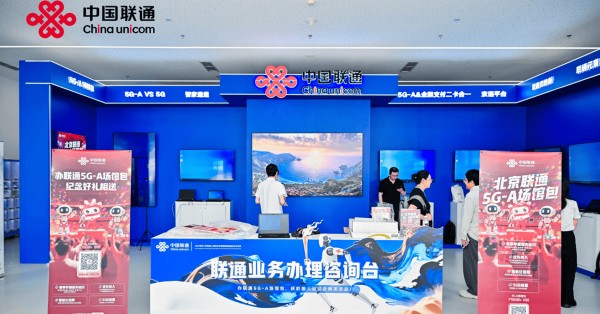AST SpaceMobile’s Satellite-to-Cellular Communications Testing with AT&T
In an impressive demonstration of advanced satellite technology, AST SpaceMobile recently achieved a significant milestone by streaming an AT&T commercial directly from space to a smartphone. This test is part of a series of trials between AST SpaceMobile and AT&T, focusing on the capabilities of the BlueWalker 3 satellite, which is described by AST as the largest commercial communications array in low Earth orbit (LEO).
Celebrity-Driven Satellite Service Demonstration
The commercial itself, a clever marketing piece, features celebrities Ben Stiller and Jordan Spieth. The narrative places Stiller in a comedic scenario where he strays from a golf game into a remote area, symbolizing the common problem of losing cellular service. The solution, humorously delivered, is an AT&T satellite-based connection, showcasing the potential for satellite technology to provide connectivity in the most unlikely places. The tagline, “The future of help is an AT&T satellite call away,” succinctly captures the essence of this emerging technology.
Behind the Scenes of Satellite Streaming Technology
The streaming event occurred over a secluded part of Hawaii, demonstrating the satellite’s robust capabilities in real-world, remote settings. The process was documented in a 30-second YouTube video where AST SpaceMobile RF engineer Vani Murthy Vellanki showcased the operation. She demonstrated the streaming of an AT&T YouTube video across three smartphones, all receiving signals from the satellite. This test highlights not only the satellite’s ability to manage high-bandwidth data but also its potential to provide stable video streaming capabilities in remote locations.
Funding and Future Steps for Satellite Expansion
In terms of financial progression, AST SpaceMobile announced in January significant new investments totaling up to $206.5 million. These funds are sourced from substantial commitments by industry giants including AT&T, Google, and Vodafone. The investments are strategically directed towards ensuring the successful launch and operation of AST SpaceMobile’s first five commercial satellites. These satellites are central to AST’s strategy to deploy a full-scale commercial service that will offer new kinds of mobile connectivity solutions on a global scale.
Setbacks and Strategic Directions in Satellite Deployment
Despite the exciting advancements, AST SpaceMobile has encountered some operational hiccups. The planned launch of their first set of five Bluebird satellites was delayed beyond the initial 2023 deadline due to unforeseen supplier issues. The new timeline has set the satellite transportation to the launch site for mid-2024. These delays underscore the complex nature of satellite technology and space missions, where precision and safety are paramount.
Broadening Horizons for Satellite-to-Cellular Connectivity
This successful streaming test by AST SpaceMobile is pioneering for the satellite communications industry. Historically, satellite services were often limited to low-data capabilities like SMS or emergency calls. With this demonstration of streaming video content, AST SpaceMobile is pushing the boundaries towards more sophisticated, high-data services that could revolutionize how we think about mobile connectivity, especially in underserved or geographically challenging environments.
Next Steps in Direct-to-Cellular Satellite Technology
Looking ahead, AST SpaceMobile and AT&T are continuing their experiments, including additional direct-to-cellular testing in various spectrums across Texas and Hawaii. These tests are critical for refining the technology that will allow high-speed data services to be directly delivered by satellites to mobile phones without the need for traditional ground infrastructure. This has the potential to significantly enhance the accessibility and reliability of mobile services, ensuring connectivity for all, regardless of location.

































